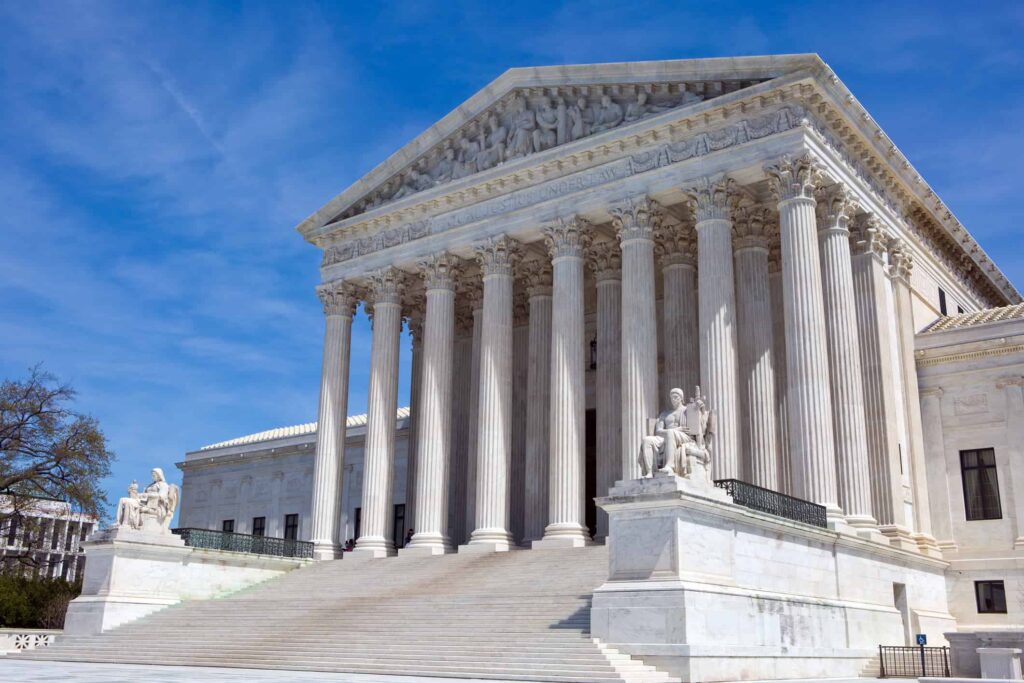The National Post reports on a carpenter named Daniel Alagalak who spends Hallowe’en cruising around with a shotgun, not to scare people or because he’s one of those maniacs popular in urban legend. Rather, he’s keeping polar bears from eating the kids in his community of Arviat, Nunavut where, the Post reports without criticism, comment or substantiation, “climate change has led to a steady increase in polar bears migrating through town”. What? You mean the same climate change that up until 5 minutes ago was supposedly driving them to extinction?
It was just last week that we learned about University of Victoria polar bear expert Susan Crockford losing her position for pointing out that polar bear numbers are rising and they show no vulnerability to climate change, despite years of activist claims otherwise. Suddenly climate change is no longer to blame for them disappearing, instead they’re becoming so numerous they’re a menace to the locals, and that’s climate change too.
You can blame anything on climate change and not get challenged. If there really were razor blades in Hallowe’en apples you could blame it. By the same token you can’t attribute anything good to climate change (like, say, more abundant harvests) and escape contumely. But what does this statement about polar bears even mean? The story makes no effort to explain.
Polar bears are good in environmental propaganda and through the very thick window of a protected tour vehicle. Otherwise they’re a bit grim, making grizzlies look like housecats. But is warming causing there to be more of them? Is it making them hungry so they’re raiding the garbage dump? Is it driving them south, or north, or west by northwest?
Until recently it was meant to be driving them extinct. Which according to our dictionary means there’d be fewer. Later it was… well… what? The story says the bears are “a big issue in Arviat this time of year, Halloween or not…. They’re waiting for the sea ice to form on the bay so they can migrate out for the winter.” But what has the straggling remnant tens of thousands of surviving polar bears waiting for ice to form in autumn as it always does got to do with warming? Is the ice forming later?
Apparently not. Arviat turns out to be on the west coast of Hudson Bay, quite near… nothing whatsoever. Well, Egg Island is perhaps 125 km away but it has no people in it, which gives you some idea. But the nearest community featured to this point in our Climate Emergency Tour series is Churchill, MB, roughly 250 km due south. (If you ask Google Maps it says you can’t get there from here.) And in Churchill the impact of the climate crisis on average temperature and days below zero has been zero. Mind you in Cambridge Bay, also in Nunavut though so much further north that it makes Arviat look like Scarborough, the change since 1930 has been… uh… none at all either. And it turns out that weatherstats.ca has data from Arviat going back to 1974, with a gap from 1976 to 1983 (just click on the “10x – Most” button), and it shows that average maximum, mean and minimum temperature haven’t budged. Twenty years ago the high was 29 and the low -40, and this year were 28.2 and -43.5. And this attracts bears how?
Since the story offered no explanation of the link between climate change and polar bears thriving in the Arctic it can’t exactly be said to be wrong. But it didn’t get anything right either, except the quick genuflexion at the altar of warming. You can’t go wrong with one of those.


